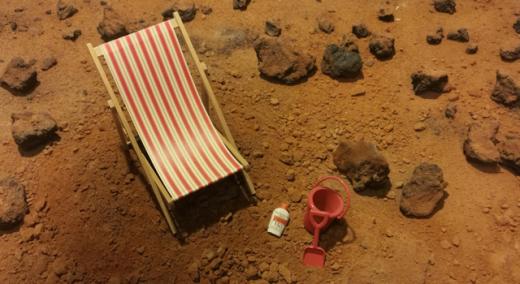Mass spectrometers are extremely precise chemical analyzers that have many applications, from evaluating the safety of drinking water to detecting toxins in a patient’s blood. But building an inexpensive, portable mass spectrometer that could be deployed in remote locations remains a challenge, partly due to the difficulty of miniaturizing the vacuum pump it needs to operate at a low cost.
|
ADVERTISEMENT |
MIT researchers used additive manufacturing to take a major step toward solving this problem. They 3D-printed a miniature version of a type of vacuum pump, known as a peristaltic pump, about the size of a human fist.

This peristaltic pump, about the size of a human fist, performed better than other types of pumps at creating and maintaining dry vacuum—key for enabling a mass spectrometer to effectively determine the molecules in a sample. Image courtesy of the researchers.
…

Add new comment